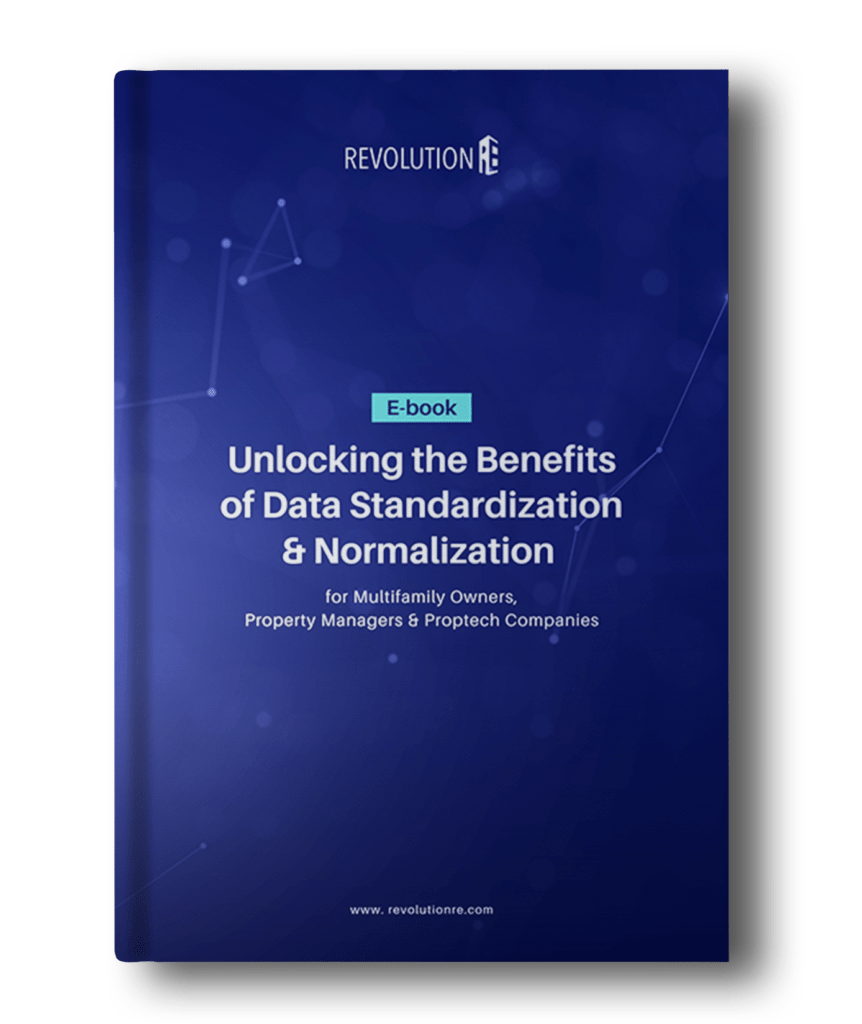
The rental housing market is big, very big. Over 100 million Americans rent their housing, which is their largest household expense. Apartment owners and managers collect a lot of data from their residents, but collecting it and putting it to good use are two different things. It continues to be a challenge for owners and managers to unlock the power of this data to deliver a better housing experience and make sound business decisions.
Part 3. How to Solve It
Today many operators agree that they need to have a comprehensive data strategy in which all the data they collect from various sources is stored in one place. So why is this data so difficult to use?
Collecting and storing data in one place is part of the solution, but that doesn’t mean the data is usable. You can’t create accurate reports and data models with inaccurate data; therefore, data must be in the same standardized format. The bottom line is that erroneous data is useless.
Standardization is the Key
Sure, getting everyone on board with one system would result in one standard set of data. Although this would improve the current situation, it’s improbable and exceeding anti-competitive.
With today’s technology, we can build solutions that take all these different data formats and convert them into one standard format. That’s right, folks, we now have standardization.
Let’s explore a common scenario to illustrate an example of standardization on a small scale. Imagine that three colleagues have been assigned to work on an Excel-based project simultaneously. The project involves working with data for a list of properties. The person assigning the project doesn’t give the team specific instructions on the exact format for each input field. As a result, each person will enter data points based on their own experience and preferences. For example, the state of New York could be entered as ‘New York,’ ‘NY,’ or even ‘New York City.’ Now you have three different formats for one data field. To standardize the data, someone will need to take the time to select the preferred format and convert the other two.
That’s a very simple example; the reality is much more complicated. Operators use, on average, 30 different stand-alone systems. So, it’s not just cleaning up one row in Excel; it’s taking Excel, PowerPoint, Word (and many more programs) and trying to merge them magically into one. This data merging is challenging, especially for the real estate industry where the data is inherently complicated.
Why haven’t traditional BI products solved this in a scalable way?
Real estate data is multi-dimensional, which means there’s a lot more to it than the number of ‘cogs’ or ‘widgets’ on a given day. Real estate operators want to look at a unique property over a period of time and drill down into the details, including bedroom count, unit type, activities and status at the property, and the marketing and maintenance inputs. On top of that, each system records things slightly differently, without great transparency, which makes it all a bit… challenging.
So, What’s the Solution?
The real estate industry has some work to do, but advancements in data use are possible. The path to better is as easy as ABC:
As prolific French writer Voltaire warned, we should avoid allowing “The best [to be] the enemy of the good.” In other words, we shouldn’t get caught up in perfection to the point that we achieve nothing. The value of big data and machine learning in real estate is following this advice and understanding that perfection cannot be achieved on day one. A data strategy will take some time, effort and more than a few iterations to bear fruit. When it does, the alpha sought by the best of operators can and will be achieved.
We invite you to subscribe to our newsletter for updates and industry news.
